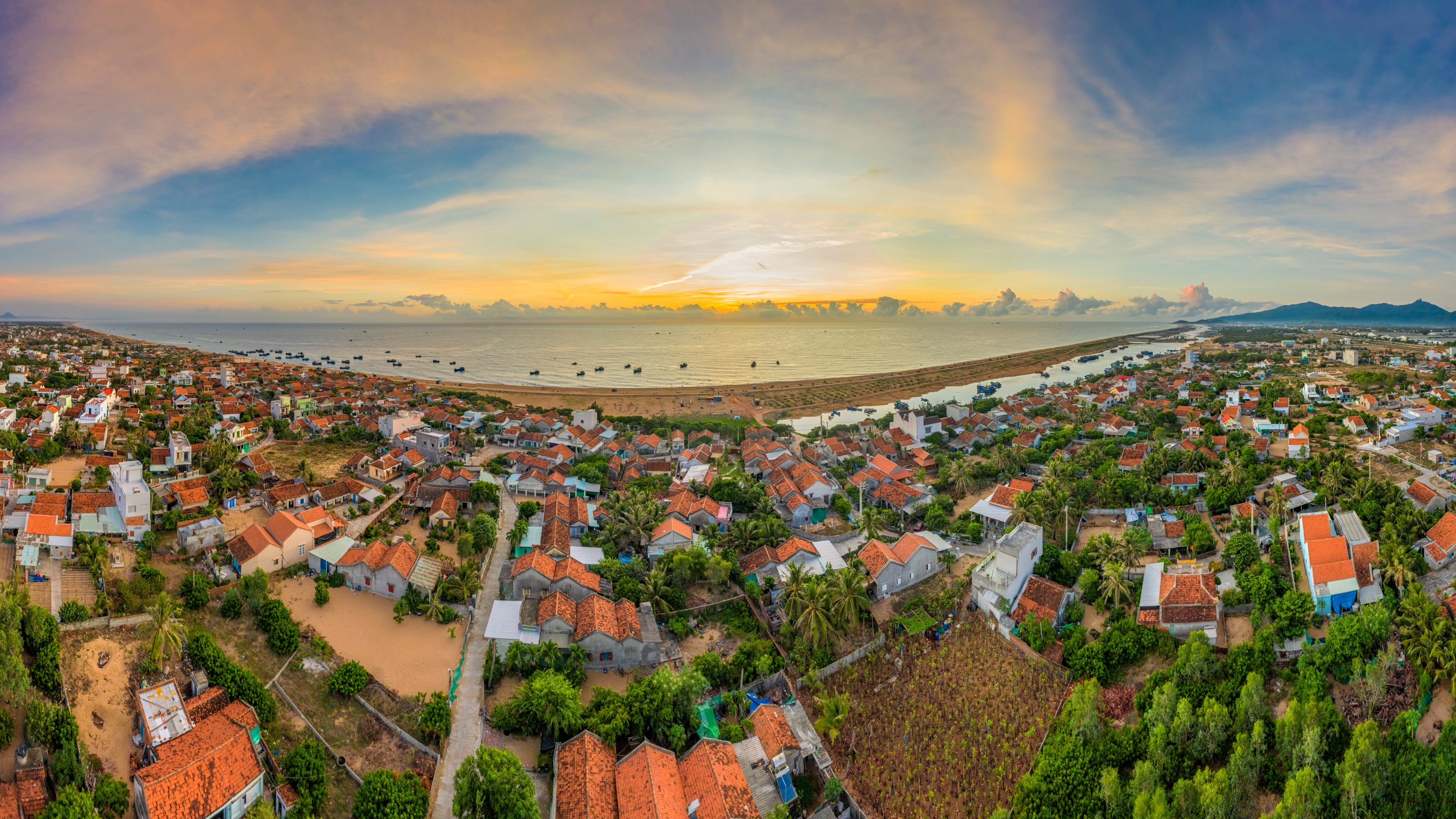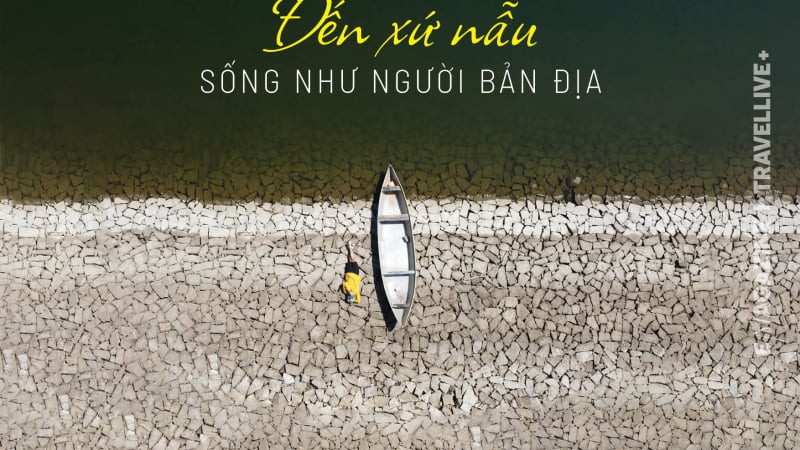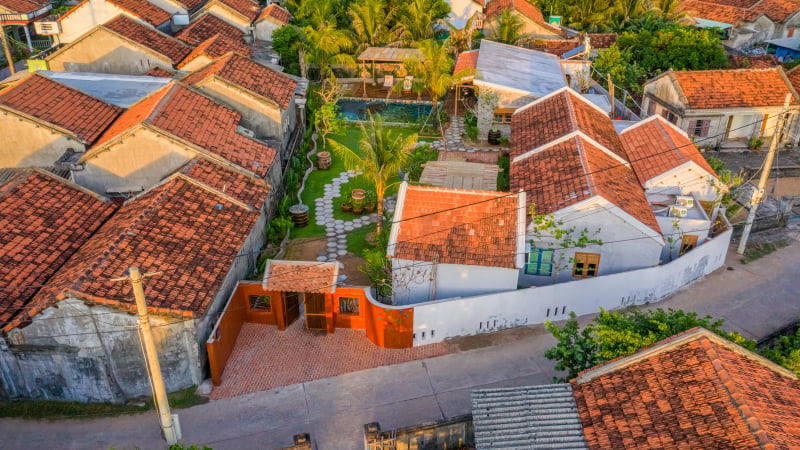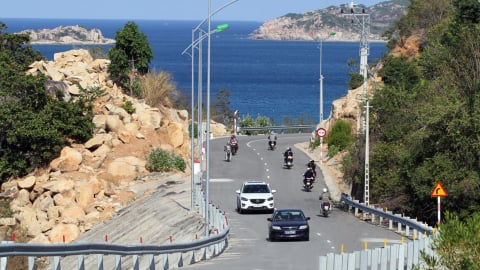Come to Lo village to experience the indigenous culture of the coastal region
Lo Village is one of the typical fishing villages of the South Central Coast with its own unique features located in Hoa Hiep Trung, Dong Hoa town, Phu Yen province. If you sit on a plane and look down, you will see a whole village lying on the coast with bright red tiled roofs stretching 3-4 km along the coast. The name "Lo" is associated with the history of the formation of a coastal fishing village. Lo here means a fish steaming and drying oven that was built by the people a long time ago to keep fish longer to serve fishing trips and exchange products with the upstream regions.
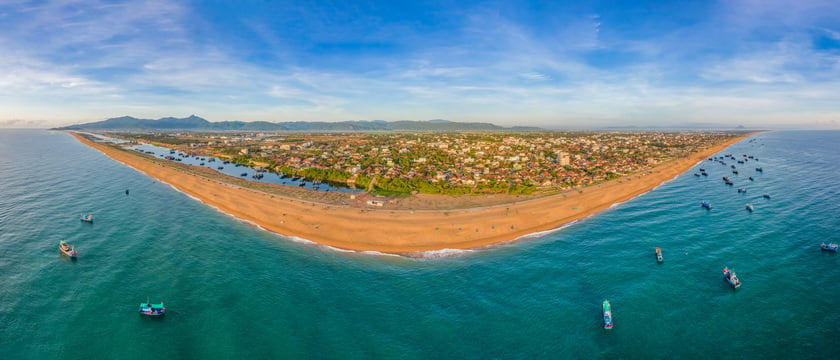
Lo Village is located in Hoa Hiep Trung, Dong Hoa town, Phu Yen province.
The unique feature of Lo village that tourists must experience is the sea sand. The entire land stretching from Quy Nhon to Nha Trang only has this place with large grains of sand, slightly reddish-yellow in color, round and smooth, a type of volcanic sand. Local people often use this sand for full body massage. In the summer, people often dig large holes in the sand, then lie down and cover themselves with sand. After about 30 minutes, the heat from the sand helps stimulate the acupuncture points, bringing a feeling of relaxation and significantly supporting health recovery.
From Lang Lo, visitors can easily go to watch the sunrise at Dai Lanh, only about 20 minutes drive away, or participate in activities such as: watching coral at Hon Nua, trekking Da Bia mountain, bathing in the stream or SUP rowing along Ngon river at sunset. The scene between two rows of fishing boats on Ngon river, separating the sea and the village will definitely bring an unforgettable feeling. In the evening, you can visit the village when people start drying anchovies under the lights, looking at the shimmering anchovies or visiting the fish sauce or rice paper production facilities.
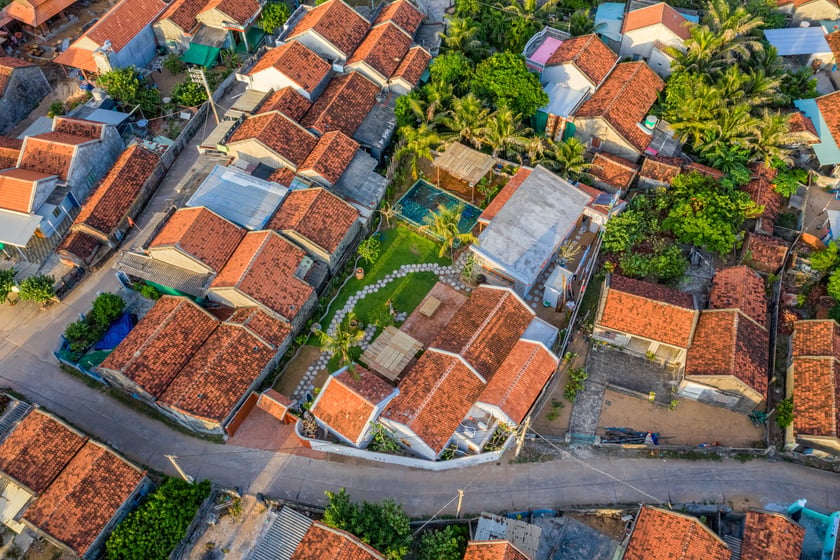

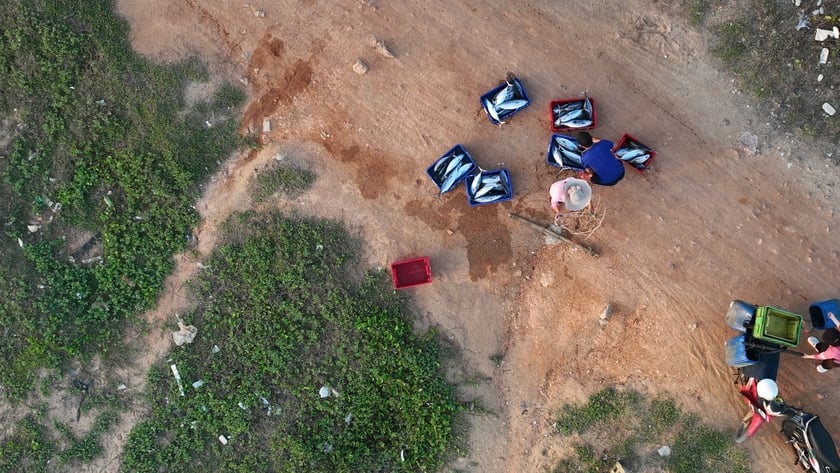
In Phu Yen, Lo village is not just one but includes three main areas: Lo 1, Lo 2 and Lo 3, each with its own unique features but still retaining the wildness of the coastal fishing area. Each area of Lo village has its own nuances but all blend together to create an attractive destination, both preserving cultural identity and having the potential for sustainable tourism development.
Lo 1 is the earliest developed area, where the traditional fishing village culture is still strong. Visitors can experience the life of fishermen and enjoy fresh seafood at reasonable prices at coastal restaurants. Lo 2 has a large area, where investors have begun to build small-scale and closed resorts. This is the intersection between the wildness of the fishing village and more high-end tourism services. Lo 3 retains the most ancient features with intact red tiled roofs. This place is developing according to the "stay village" model - community tourism combined with relaxation. Homestays, cafes and restaurants are well invested, providing an experience that is both close to nature and convenient. In particular, Lo 3 has a unique location "in the river, outside the sea", with the Ngon River separating the village and the sea, creating a rare peaceful scene.

Each area of Lo village has its own unique character, but all blend together to create an attractive destination that both preserves cultural identity and has the potential for sustainable tourism development.
Mr. Tung Le, an architect and founder of a homestay chain with a style friendly to local architecture and culture, came to Lo 3 and decided to renovate an old house into Dreamville Beach. Not only does it have a unique beauty compared to other accommodations, Dreamville Beach also retains the old, rustic look of the old houses in the coastal fishing village of Xu Nau. Mr. Tung added that the most special thing in the house is the terracotta and ancient tiles that are over 100 years old. He created these materials into decorative items such as bathtubs and clothes racks, making the space more unique.
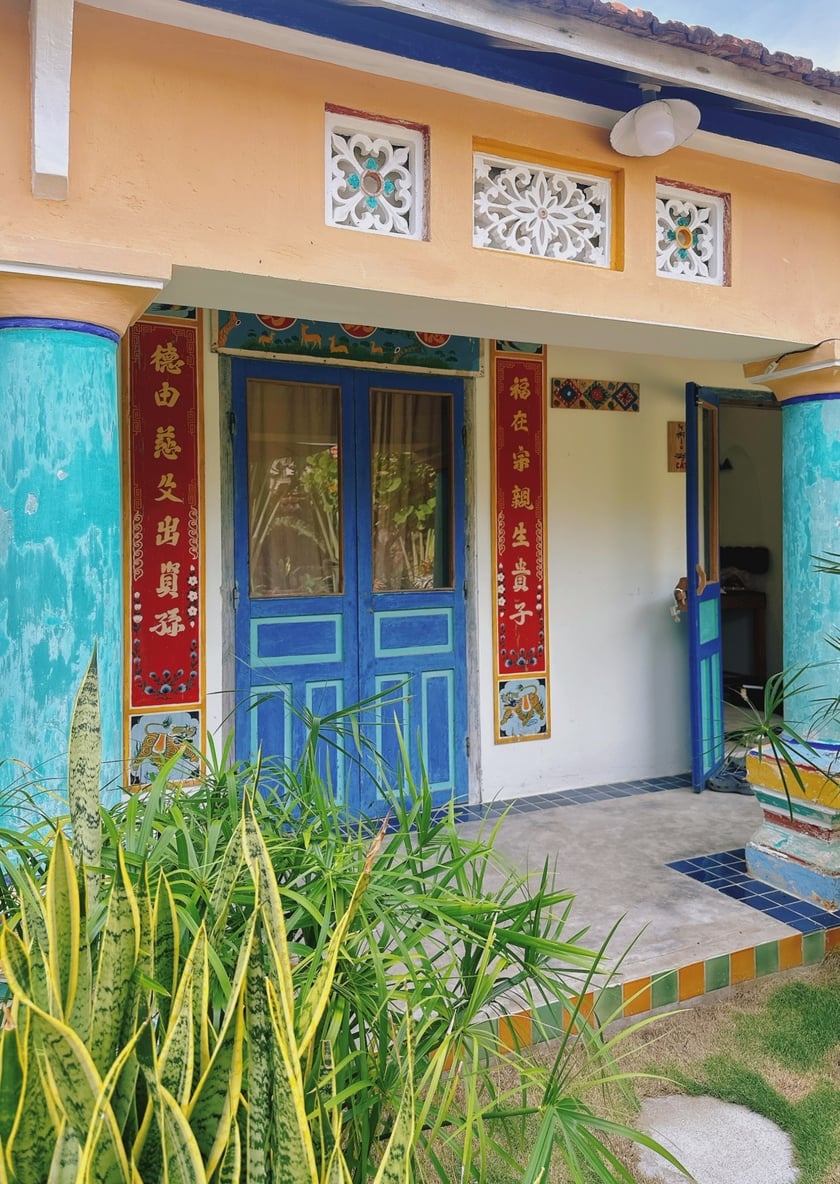
The old house was renovated into a homestay
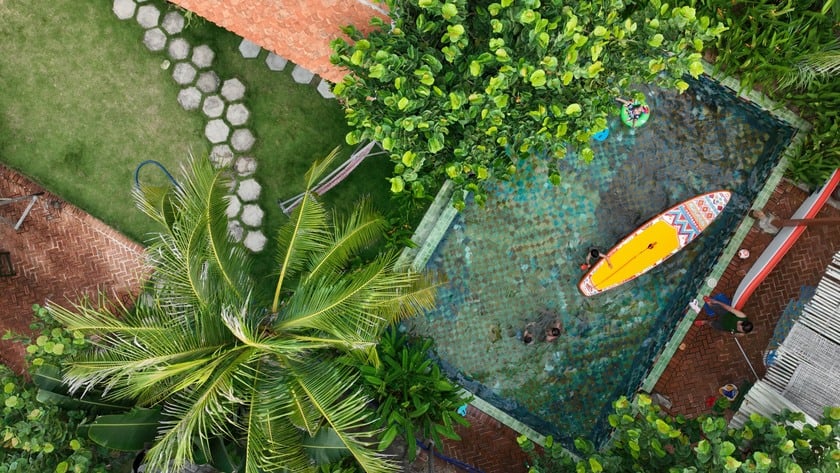
Dreamville Beach still retains the old, rustic look of the ancient houses in the coastal fishing village of Xu Nau.
When starting to renovate the old houses, Mr. Tung shared that retaining the unique architectural features of each house built since 1960 while still ensuring resort service standards was a big challenge. However, Mr. Tung believes that these old houses are valuable assets that can bring sustainable value without having to be demolished to build new ones. Proper preservation and exploitation will bring long-term value to the community and local tourism.
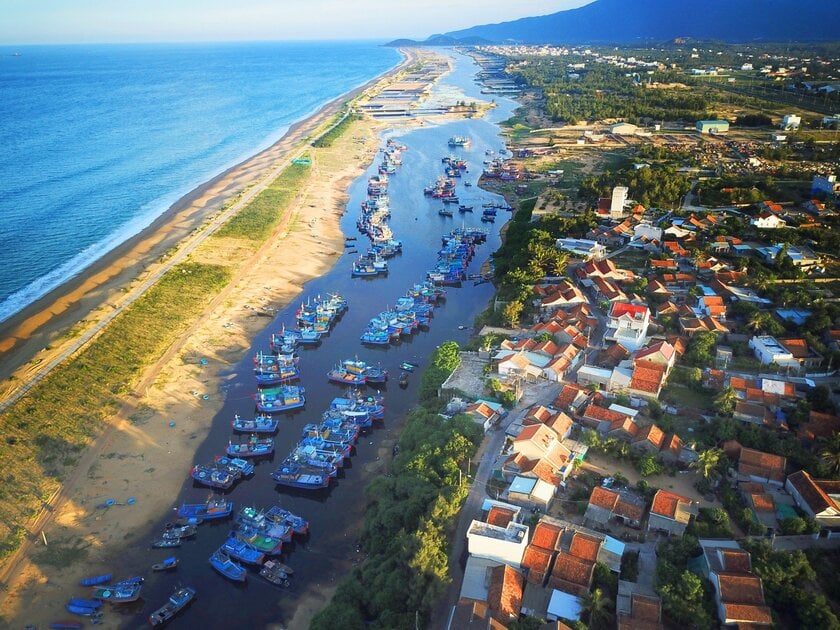
Kiln 3 has a unique location "inside the river, outside the sea", with the Ngon River separating the village and the sea, creating a rare peaceful scene.
“Lo village gives me a familiar feeling like when I was a child with red tiled roofs, mossy walls, ancient houses in the middle of the yard, where I can watch the starry sky. People here still live attached to the breath of the sea and fishing. Life in Lo village is generous and sincere like the people born from the sea. I want to preserve the identity of the village, preserve the ancient houses and hope that one day, the village will develop but still retain its rustic, old beauty,” Mr. Tung confided.
A unique feature at Dreamville Beach is that visitors can enjoy the folk song Bài Chòi – an intangible cultural heritage of the land of Nau, participate in Bài Chòi playing sessions and immerse themselves in this unique singing style.
Tourism potential of Lo village
With reasonable travel costs, quality services and beautiful nature, visitors to Lang Lo can enjoy wonderful experiences such as: beautiful scenery, fresh seafood at affordable prices and pristine beaches, famous as Bai Goc, Bai Tien, Hon Nua...
Currently, Lo village is gradually affirming its position on the Vietnamese tourism map. With the orientation of sustainable development, Lo village in the future will become an outstanding community tourism destination, where visitors not only experience local culture but also enjoy the resort space in houses over 100 years old with green trees, clean food and the favor of the sea for this land.
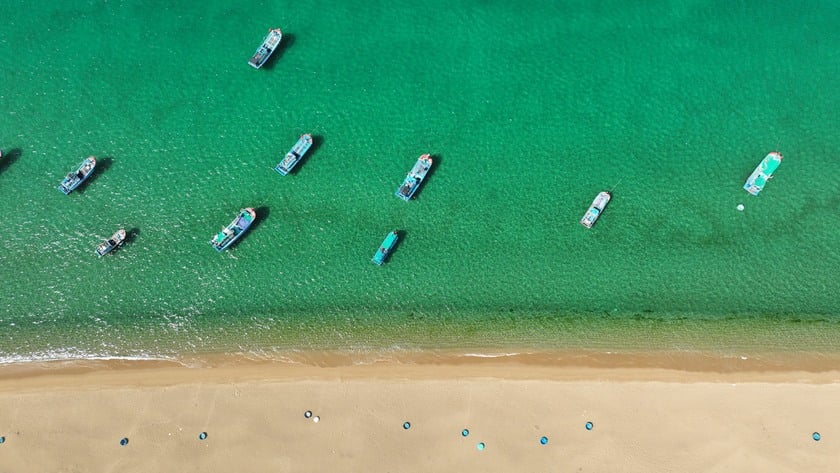
According to Mr. Tung Le, currently, Lo village has had significant changes in expanding resort services, restaurants, and cafes to serve the needs of tourists in all different segments. The local government has also recognized Lo village as a community tourism village of the province and is continuing to plan for sustainable development, creating inspiration and interesting experiences for tourists every time they visit. This development not only brings economic benefits but also helps preserve and promote the traditional cultural values of the local community.
In addition, tourism activities in Lo village such as visiting traditional craft villages, local cultural festivals or experiencing the rustic life of the local people are also factors that attract tourists. Community tours in Lo village will not only bring relaxation but also create opportunities for tourists to understand more about the life and interesting stories of this land.






